The Mercedes-Benz Vision EQXX is a road car of the future that exists today.
With a super-slippery shape, extreme low-rolling-resistance tyres on narrow wheels, lightweight construction that draws on a new bionic casting process and an advanced electric drivetrain featuring a rear-mounted motor as well as a state-of-the-car CTP (cell-to-pack) battery, its mission is simple: deliver the longest possible range using the least possible electricity.
This mission, laid down by the Mercedes-Benz board as part of efforts to ensure the world’s oldest car maker remains at the forefront of EV development at a time of profound change across the automotive industry, was intended to challenge engineers into developing solutions that could be adopted on upcoming production cars.
After two years of conception, development and testing, the result is the Vision EQXX - a fully operational saloon that raised eyebrows last week when it was driven from Mercedes' development centre in Stuttgart, Germany, to the company’s design studio in Nice, France, a distance of 626 miles, on a single battery charge at an average speed of 54.3mph.
In the process, the one-off concept, whose charging port was sealed, achieved average consumption of 8.7kWh per 100km. What’s more, it's claimed to have arrived in Nice with more than 87 miles of range remaining.

To put this into perspective, the recently introduced Mercedes-Benz EQE saloon, which uses a 90.6kWh battery, boasts an official WLTP consumption figure of between 15.9 and 18.7kWh per 100km, giving it a range of 410 miles.
They’re impressive figures – even more so when you consider they were logged in wintery conditions with temperatures as low as 3deg C, high winds and snow flurries along sections of the route, which took in four countries and two 15-minute rest stops (without charging). But they’re not half as interesting as seeing the Vision EQXX up close under blue sky for the first time.

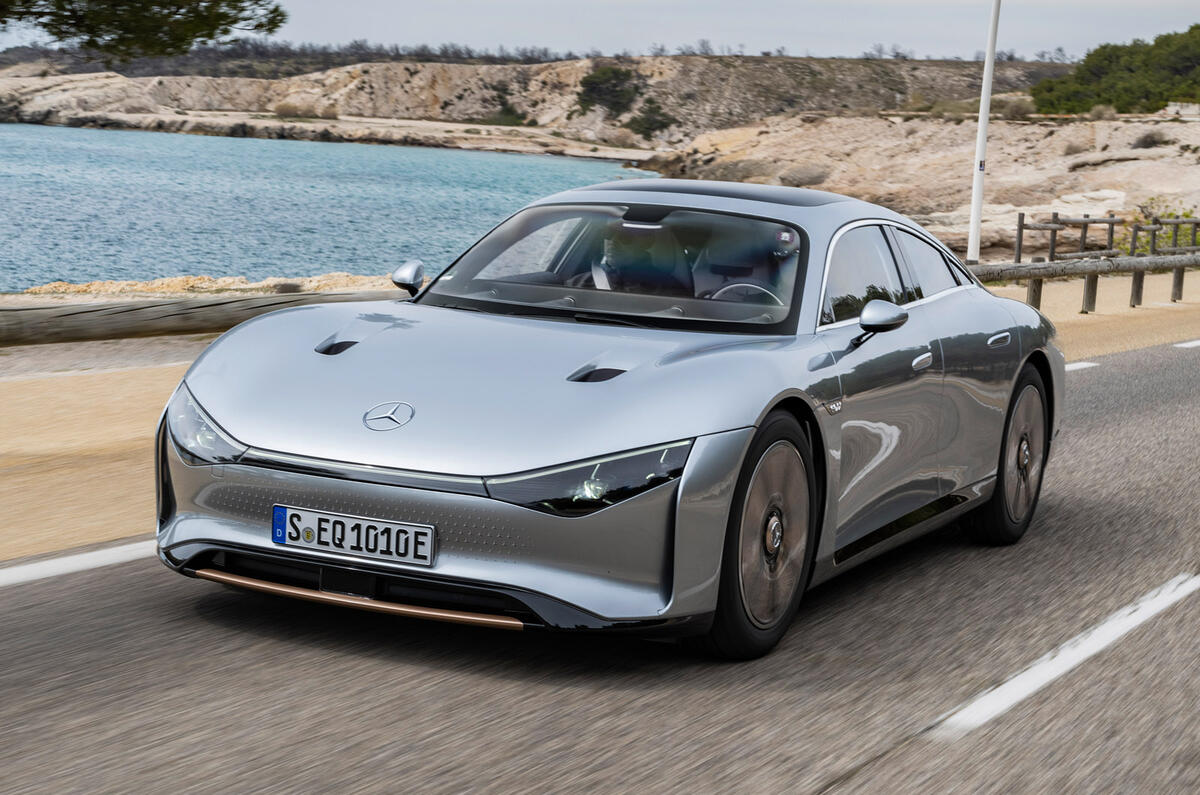

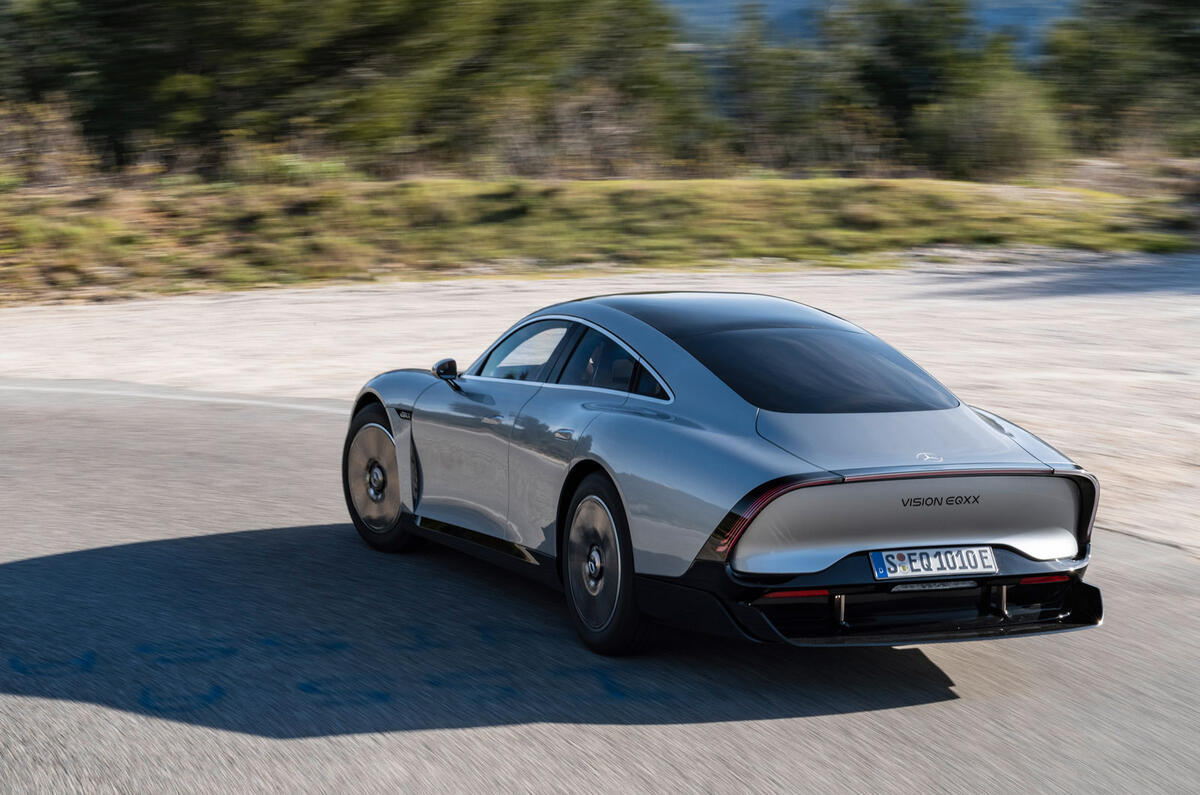

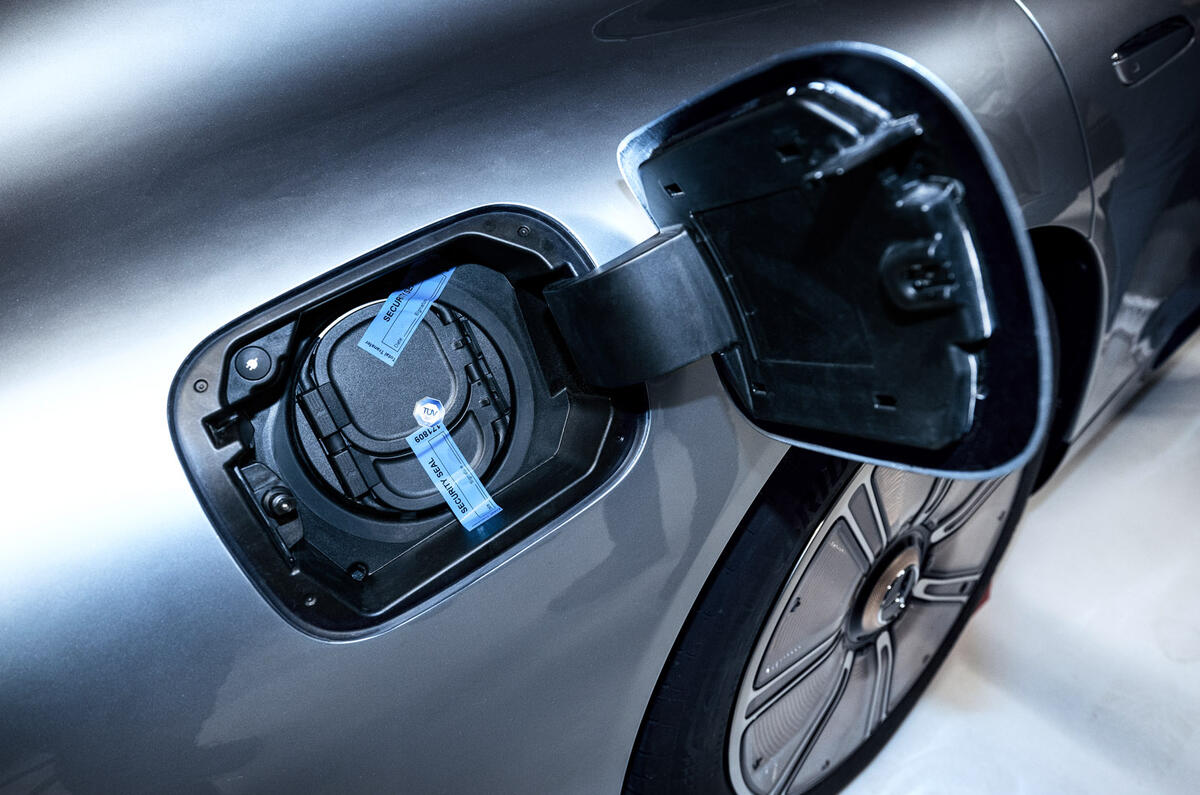










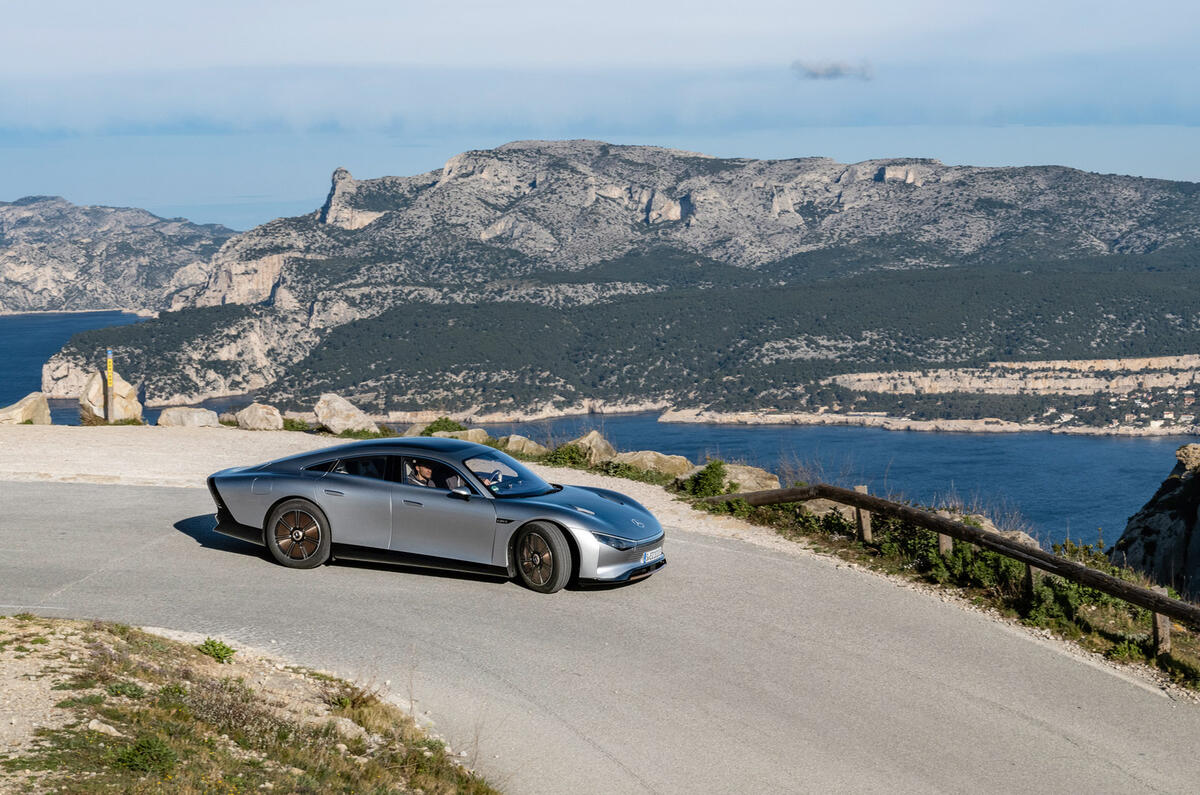
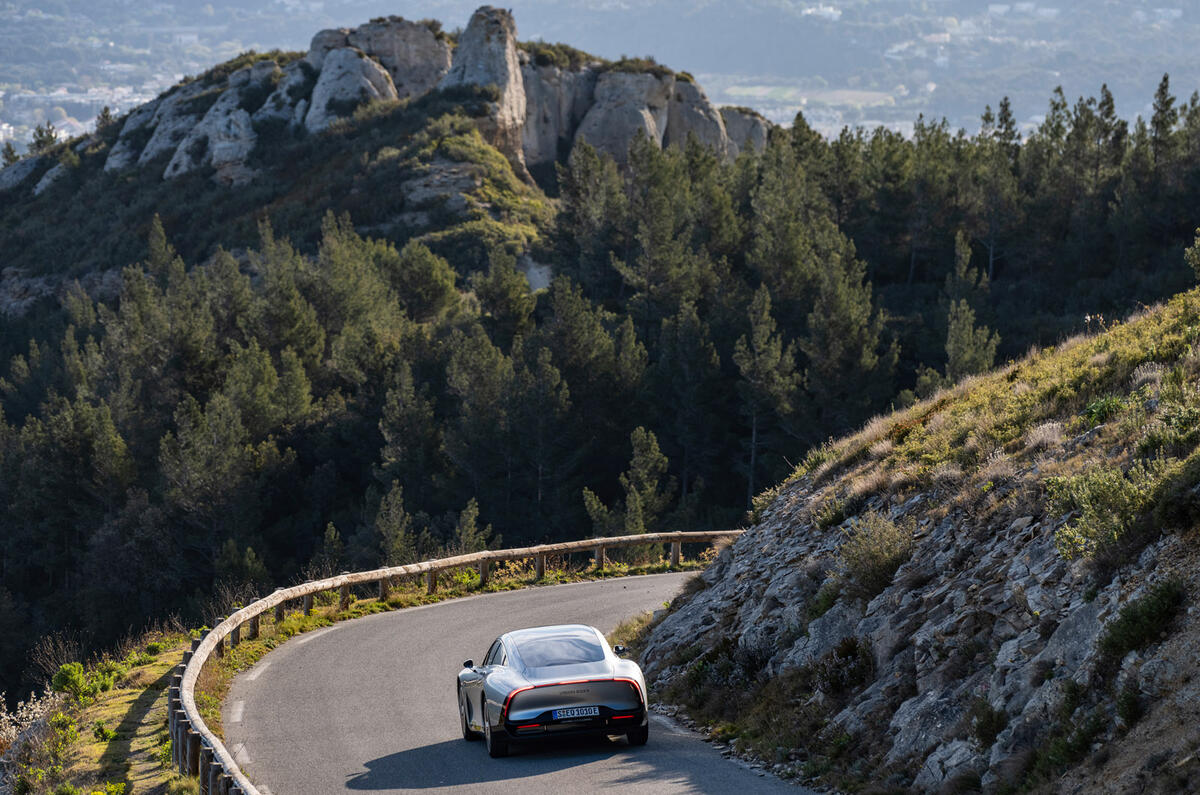

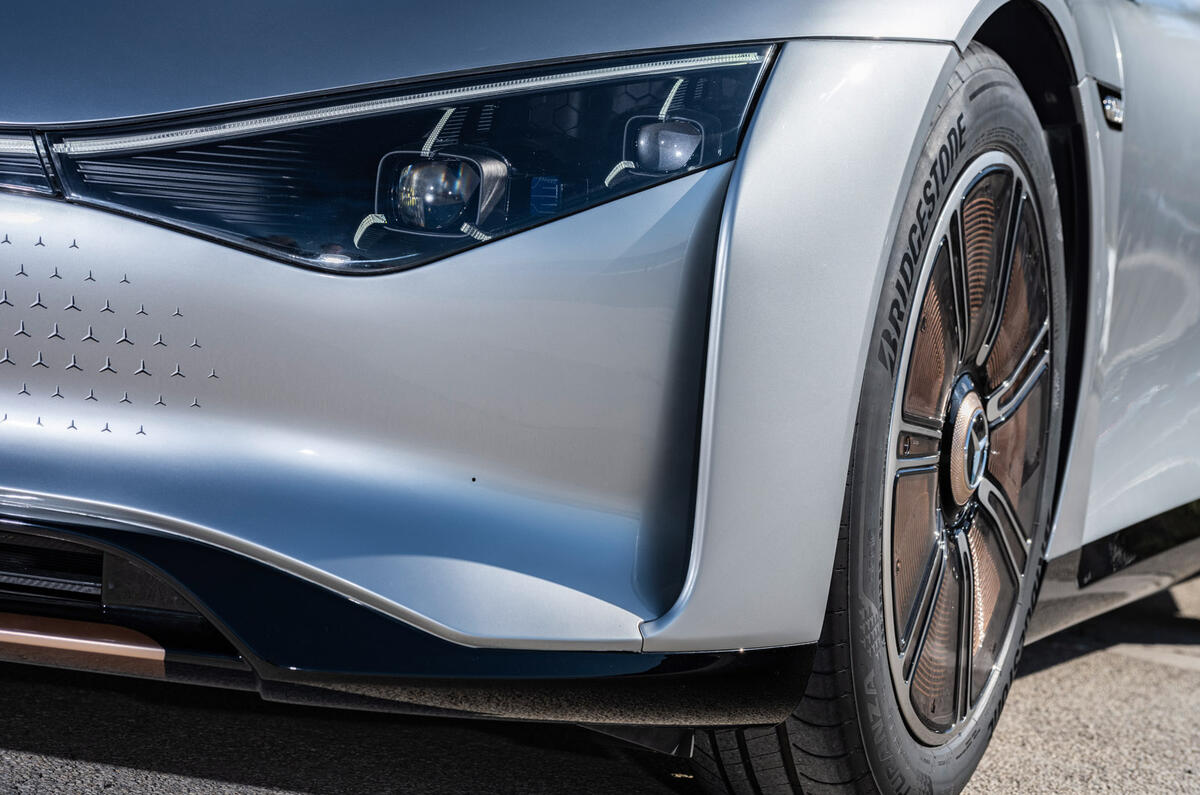














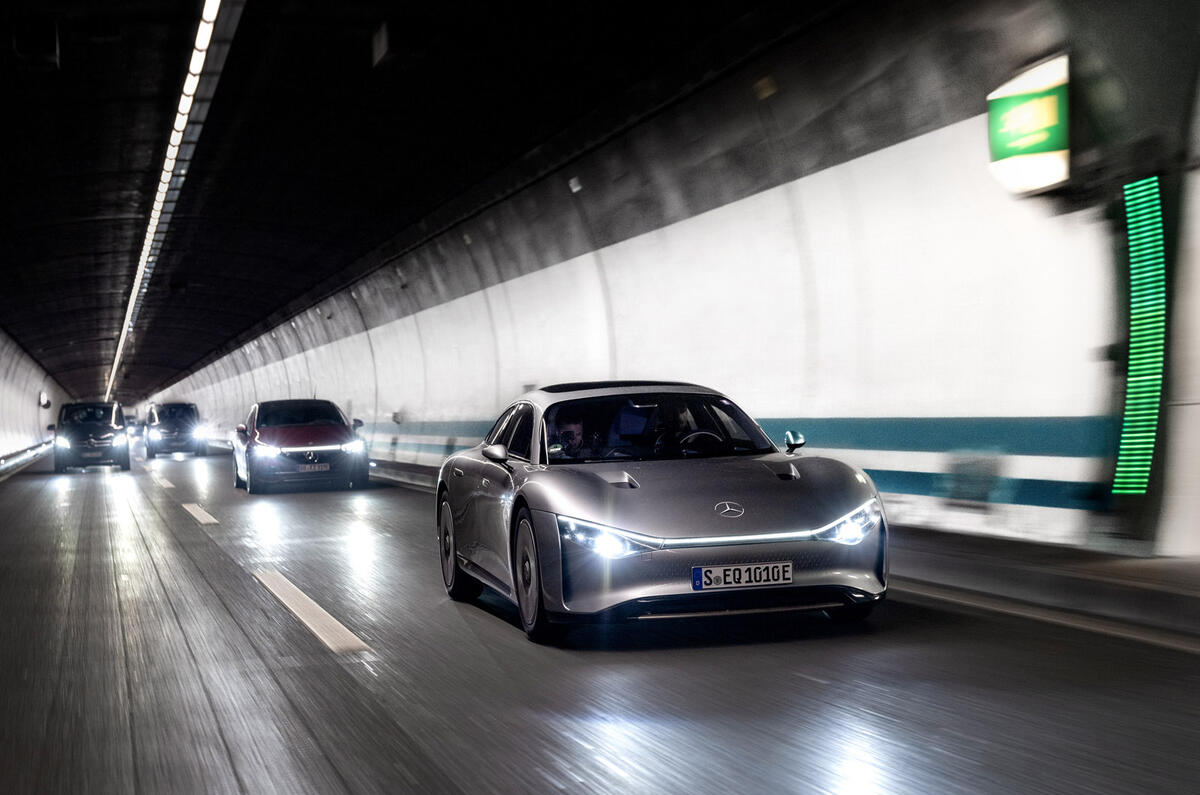























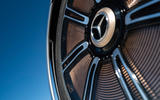



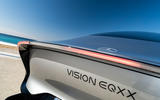

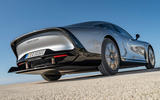

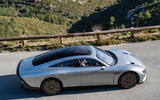



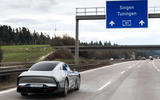










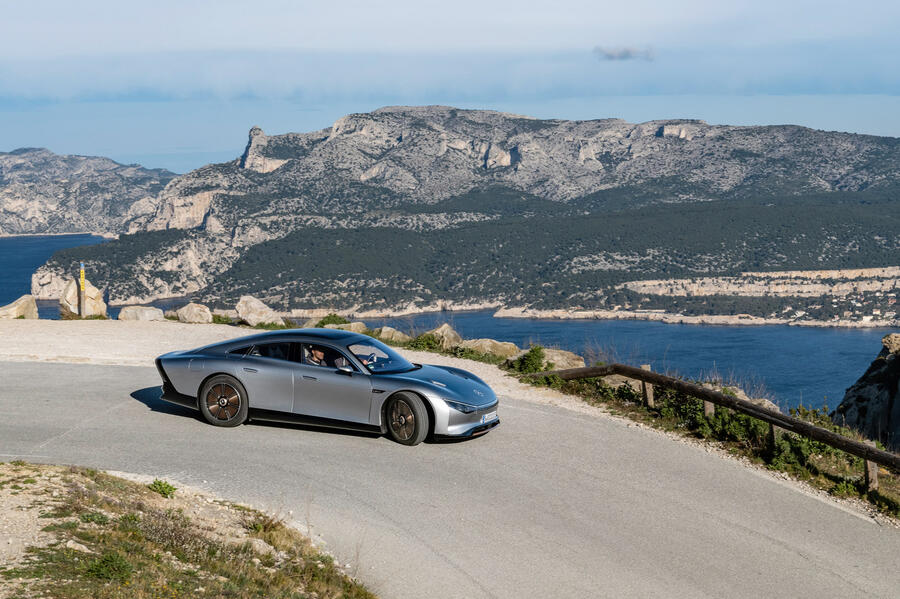



Join the debate
Add your comment
Impressive, but not exactly a looker. The melted droopy butt is great for the wind tunnel but not much for thw eyes. Citroen did it better in the late 50's.
This does look just like a VW XL-1, enlarged on the photocopier but without the rear wheel covers. Remember them? Fascinating vehicle. The VW dealer Motorline in Coulsden had one on display a few years back and so I took my then young son in to have a look at it. He's now trying to get to uni to study Mech Eng!
Good to see some development work on this apsect. Reminds me of Audi and the 1980s 100 when they only had a "small" 4/5 cylinder engine and dveloped a light and slipery car to make the most of it. Going further back the Citroen DS took a similar approach. To me an electric car doesn't need a hugely powerful motor but it does need some gear ration options and good aerodynamics to make it go further.
I had the exact same thought - I wanted my old man to buy a 6-cyl BMW but, when he brought home the new Audi 100, every other car on the road seemed very old-fashioned, BMWs included. I do remember people watching to see if water would drip into the cabin when opening the doors on a rainy day as the flush-fitting windows seemed so radical at the time (it didn't).